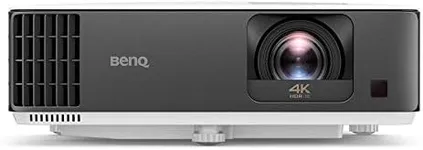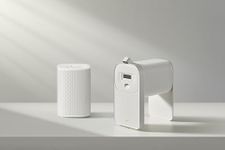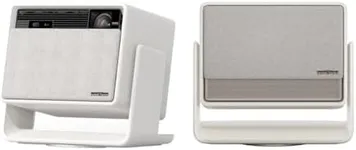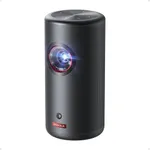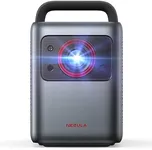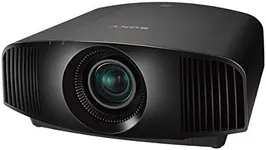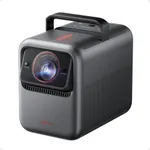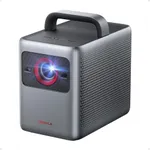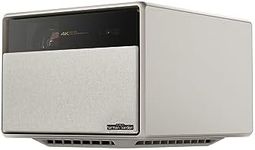Buying Guide for the Best Home Projectors
Choosing a home projector can be a fun way to bring the cinema experience into your living room or create a big-screen setup for gaming, sports, or presentations. The right projector for you depends on your space, what you plan to watch, and how you want to use it. Understanding the key specifications will help you make a choice that fits your needs and ensures you get the best viewing experience.Brightness (Lumens)Brightness, measured in lumens, tells you how much light the projector can produce. This is important because it affects how clear and visible the image will be, especially in rooms that aren't completely dark. Projectors with lower brightness (under 2000 lumens) are best for dark rooms, while those with higher brightness (2000-3000 lumens or more) can handle some ambient light. If you plan to use the projector during the day or in a room with windows, look for a higher lumen rating. For movie nights in a darkened room, a lower brightness may be enough and can even provide better contrast.
ResolutionResolution refers to the number of pixels the projector can display, which affects how sharp and detailed the image looks. Common resolutions include 720p (HD), 1080p (Full HD), and 4K (Ultra HD). Higher resolution means a clearer picture, especially on larger screens. If you want to watch movies or play games in high detail, go for at least 1080p. For casual viewing or smaller screens, 720p might be enough. If you want the best possible image and plan to project a very large picture, 4K is the top choice.
Contrast RatioContrast ratio measures the difference between the darkest black and the brightest white the projector can display. A higher contrast ratio means deeper blacks and more vibrant colors, which is important for watching movies or shows with lots of dark scenes. If you mostly watch sports or use the projector in a bright room, contrast ratio is less critical. For movie lovers or those who want a cinematic experience, look for a higher contrast ratio.
Throw DistanceThrow distance is the space between the projector and the screen needed to create a certain image size. Some projectors need to be far from the screen (long throw), while others can sit close (short throw or ultra-short throw). If you have a small room or want to place the projector close to the wall, look for a short throw model. If you have more space, a standard throw projector will work. Measure your room and check the projector's throw ratio to make sure it fits your setup.
ConnectivityConnectivity refers to the types of inputs and outputs the projector has, such as HDMI, USB, or wireless options. This is important because it determines what devices you can connect, like streaming sticks, game consoles, or laptops. If you want to use multiple devices or stream content wirelessly, look for a projector with several HDMI ports and wireless capabilities. Think about what you plan to connect and make sure the projector supports it.
Lamp LifeLamp life tells you how long the projector's light source will last before it needs to be replaced. This is measured in hours and can range from a few thousand to over 20,000 hours, depending on the technology. Longer lamp life means less maintenance and lower long-term costs. If you plan to use the projector often, look for a model with a longer lamp life. For occasional use, lamp life is less of a concern.
Built-in AudioSome projectors have built-in speakers, which can be convenient if you don't want to set up a separate sound system. However, built-in audio is usually basic and may not be loud or clear enough for a true home theater experience. If sound quality is important to you, consider connecting external speakers or a soundbar. If you need a simple setup for casual use, built-in audio might be enough.
PortabilityPortability refers to how easy it is to move the projector around. Some projectors are compact and lightweight, making them easy to carry to different rooms or even outdoors. Others are larger and designed to stay in one place. If you want to use your projector in different locations, look for a portable model. If it will stay in your home theater, size and weight are less important.
